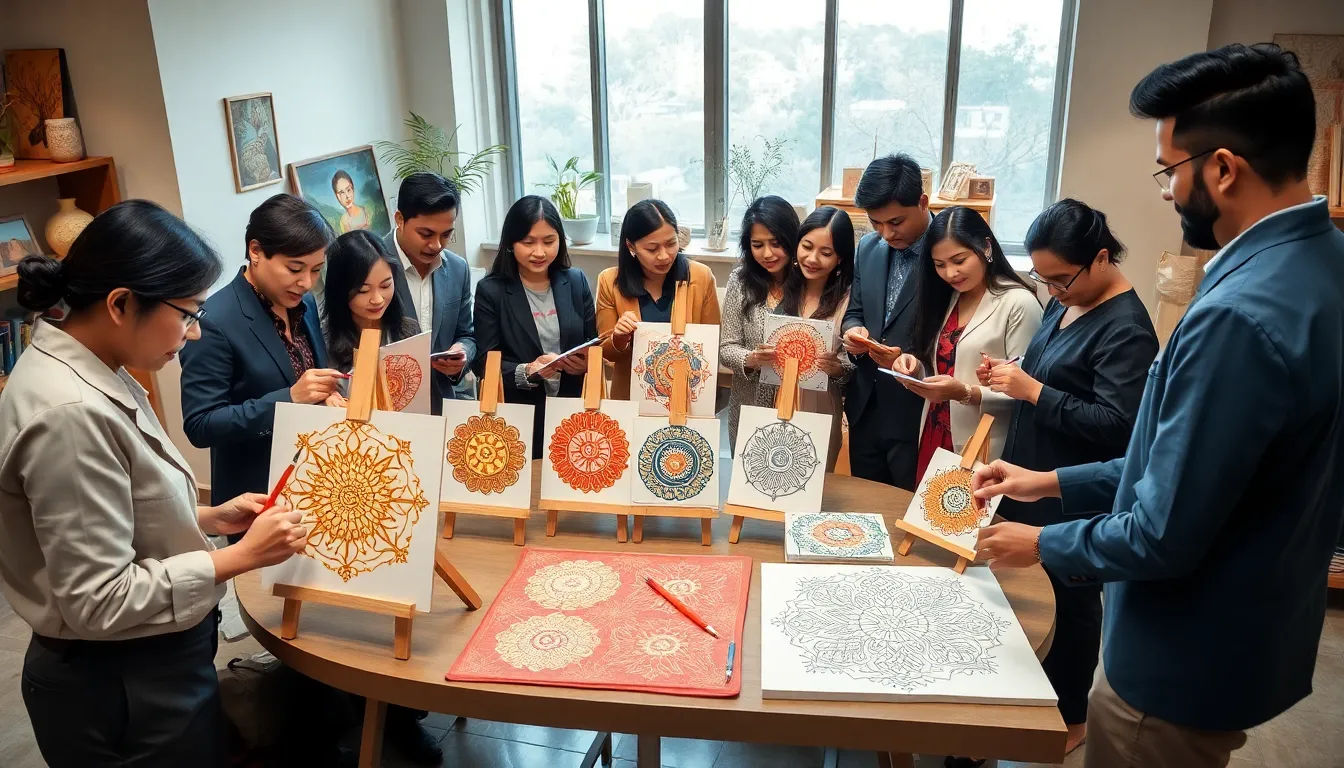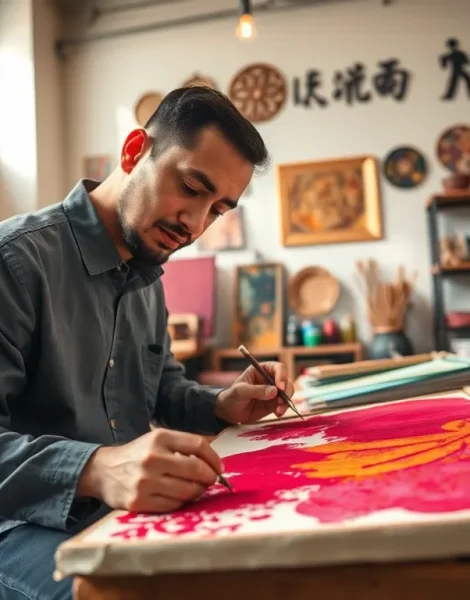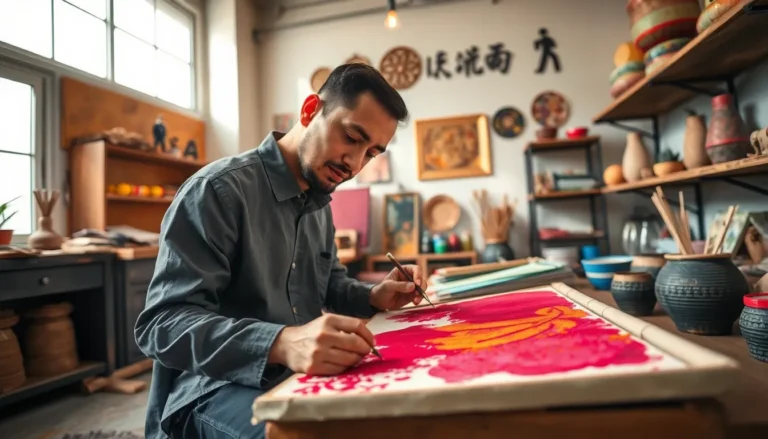Imagine a world where vibrant colors and intricate designs dance together, capturing the essence of culture itself. Welcome to the captivating universe of मटकआ. This unique tradition isn’t just art: it’s a vivid expression of history and community spirit. Whether you’re a seasoned enthusiast or just someone looking to spice up their knowledge, this exploration will tickle your curiosity as it unravels the significance and evolution of मटकआ.
Table of Contents
ToggleUnderstanding मटकआ: A Cultural Perspective

At its core, मटकआ represents more than just decorative art: it’s a vital thread in the fabric of cultural identity. Originating from specific regions, this art form embodies the story of communities, encapsulating their beliefs, practices, and aspirations. Each piece of मटकआ tells a story, a narrative bridging generations. It’s a sensory feast, one can’t help but feel the emotion woven into every brushstroke and design. Not just confined to the realm of aesthetics, it speaks volumes about societal values and communal bonds. For many, engaging with मटकआ isn’t merely an appreciation of beauty: it’s about connecting with cultural roots and celebrating heritage.
Historical Significance of मटकआ
Diving into the historical significance of मटकआ reveals a timeline rich in tradition and evolution. Emerging from ancient practices, this art form has stood the test of time, adapting while preserving its core essence. Historically, artisans passed down techniques through generations, ensuring that every brush, every color choice held a story. Mटकआ was often used in religious ceremonies, festivities, and rituals, symbolizing blessings and prosperity. As societies evolved, so did मटकआ, yet its foundational role in communal life remained steadfast. By examining historic artifacts, enthusiasts can trace the evolution of patterns and styles, affirming that मटकआ is indeed a living history, thriving in the present while remembering its past.
The Art and Craft of मटकआ
Creating मटकआ involves a marriage of skill, artistry, and devotion. The process begins with selecting natural materials, giving each piece an organic quality. Artisans often use local resources, allowing the craft to reflect the environment they inhabit. The vibrant colors seen in मटकआ derive from natural dyes, painstakingly prepared, which is akin to alchemy.
Mastering the techniques requires years of training, often starting in childhood. Each brushstroke isn’t just practiced: it’s imbued with meaning, symbolizing various aspects of life and nature. Different patterns signify different things, blooming flowers represent growth while spirals might symbolize the cycle of life. The meticulous nature of this craft offers not merely decoration but conversation starters and emotional touchpoints for those who possess them.
Modern Interpretations and Innovations
मटकआ is not just a relic of the past: it has embraced modernity with open arms. Contemporary artists are reimagining traditional forms, playing with colors, patterns, and mediums. By merging traditional techniques with innovative ideas, today’s artisans create pieces that resonate with younger audiences.
Consider the infusion of digital art and contemporary design methodologies, it has led to an explosion of creativity, allowing मटकआ to find a home in modern settings. From home decor to fashion, this art form has broken boundaries, captivating a global audience. Exhibitions showcasing modern iterations often celebrate these innovative approaches, blending the old with the new while sparking interest in traditional craftsmanship.
The Role of मटकआ in Contemporary Society
In today’s rapidly changing environment, मटकआ serves as a poignant reminder of identity and heritage. The resurgence of interest in cultural art forms underscores the significance of preserving traditions in a globalized world. Many communities are reinvigorating interest in this art by facilitating workshops and programs aimed at educating the youth, ensuring that the techniques and stories behind मटकआ continue to thrive.
Also, as consumers increasingly seek authenticity in products, मटकआ has found a niche within the realm of sustainable art. By promoting local artisans and advocating for traditional methods, this art form champions not only community welfare but also the sustainability movement, allowing consumers to feel a deeper connection to the products they purchase.
How to Engage with मटकआ Today
Engaging with मटकआ today can be both a delightful and enriching experience. One way to connect is by visiting local markets or exhibitions where artisans showcase their work. Understanding the techniques firsthand can deepen appreciation for this ancient craft. Participating in workshops and classes can also be transformative, whether you’re learning to create your own designs or simply trying your hand at painting, there’s something therapeutic about engaging with this tangible piece of cultural history.
Also, leveraging social media platforms can help spread the word about this fascinating art form. Many artists share their creative processes, inviting enthusiasts to join in on the journey of preserving tradition. As awareness grows, so does the opportunity for mटकआ to reach wider audiences, ensuring it remains not just relevant, but cherished.









